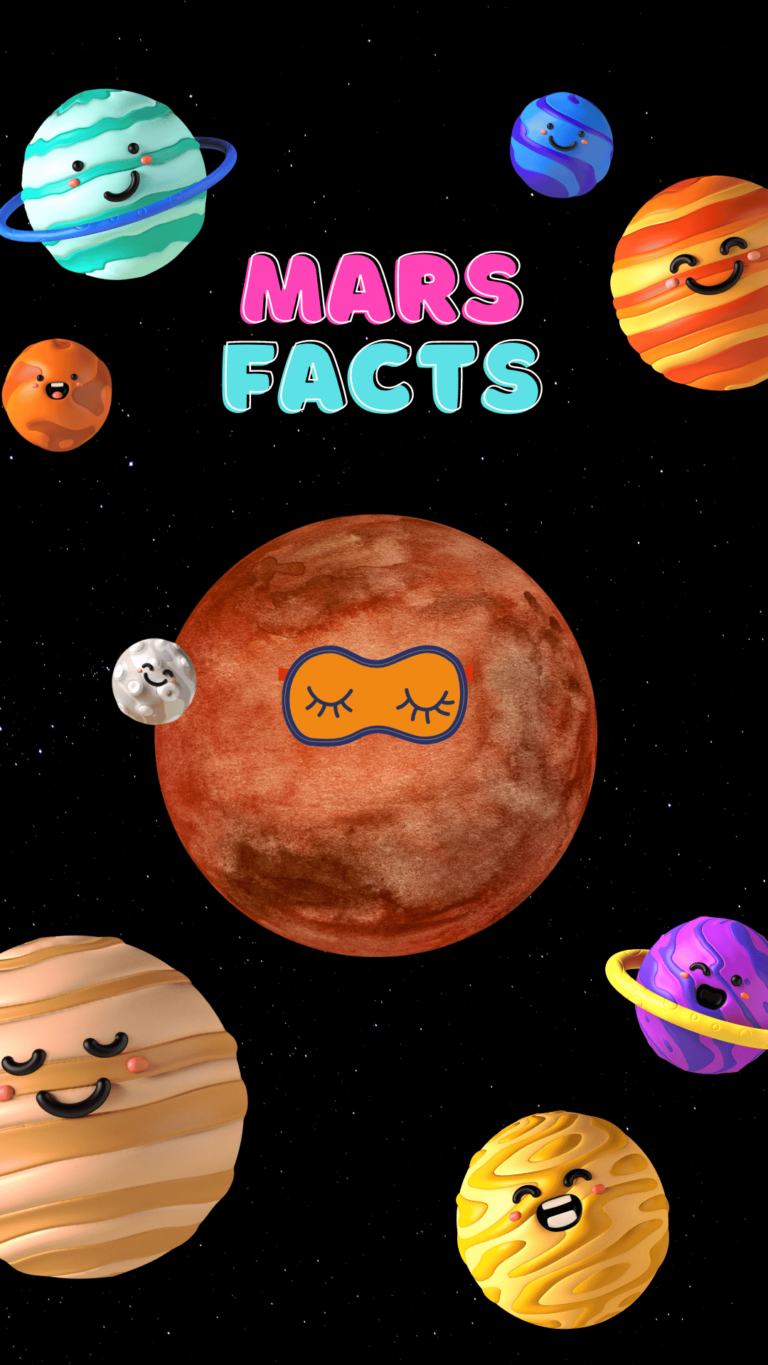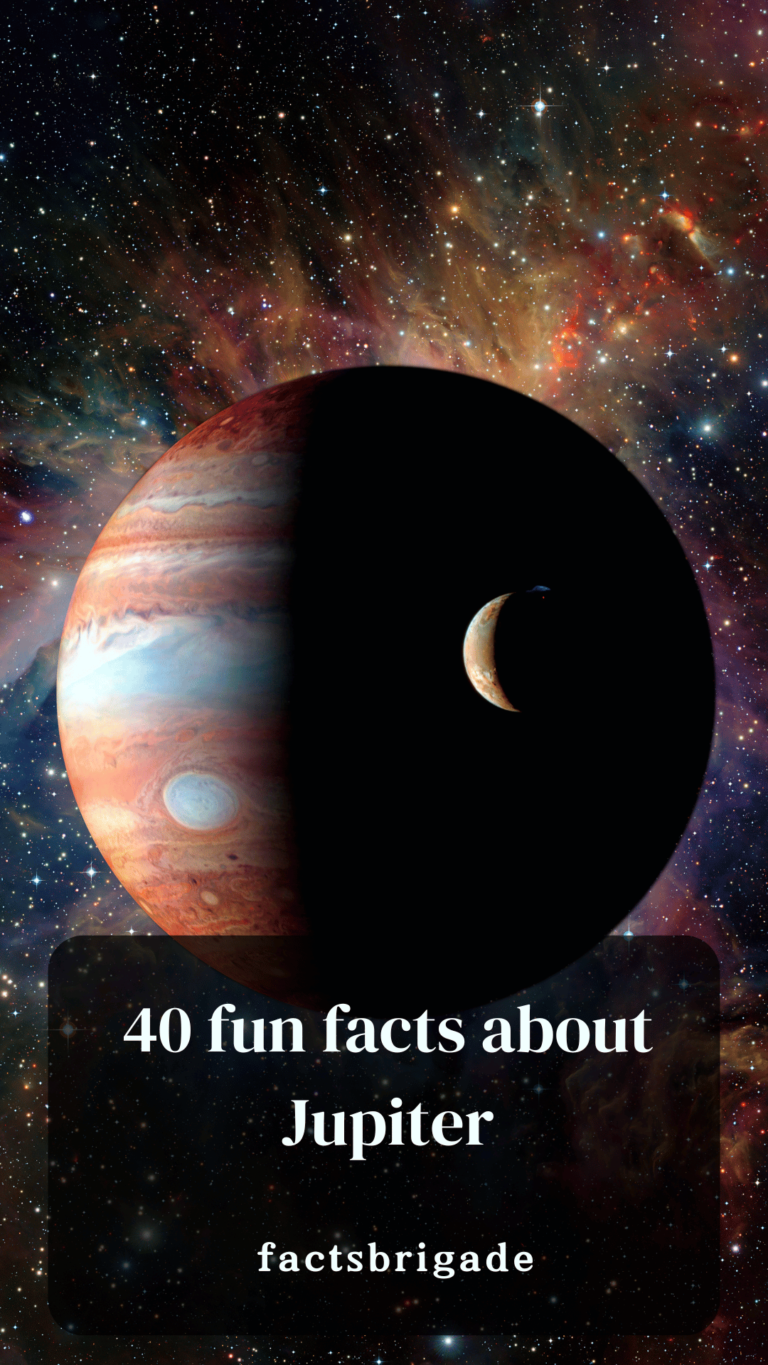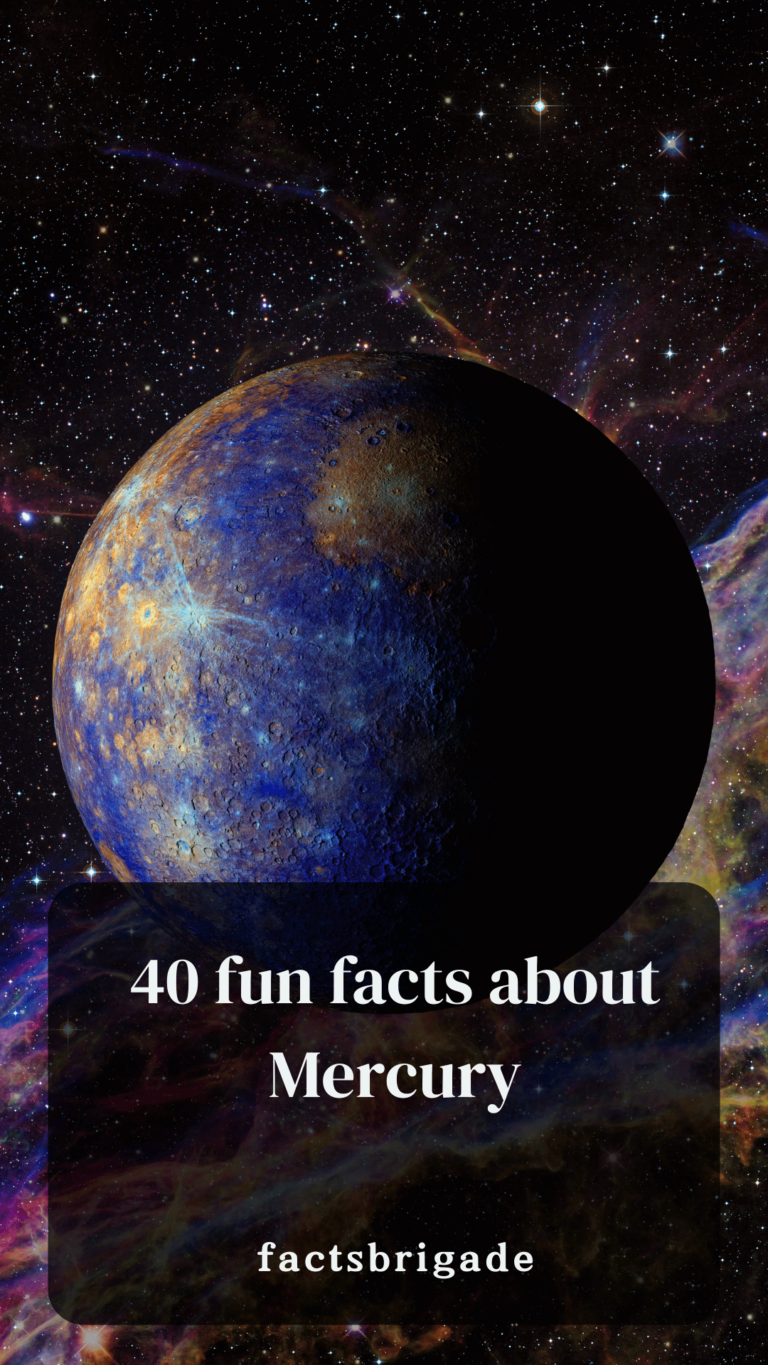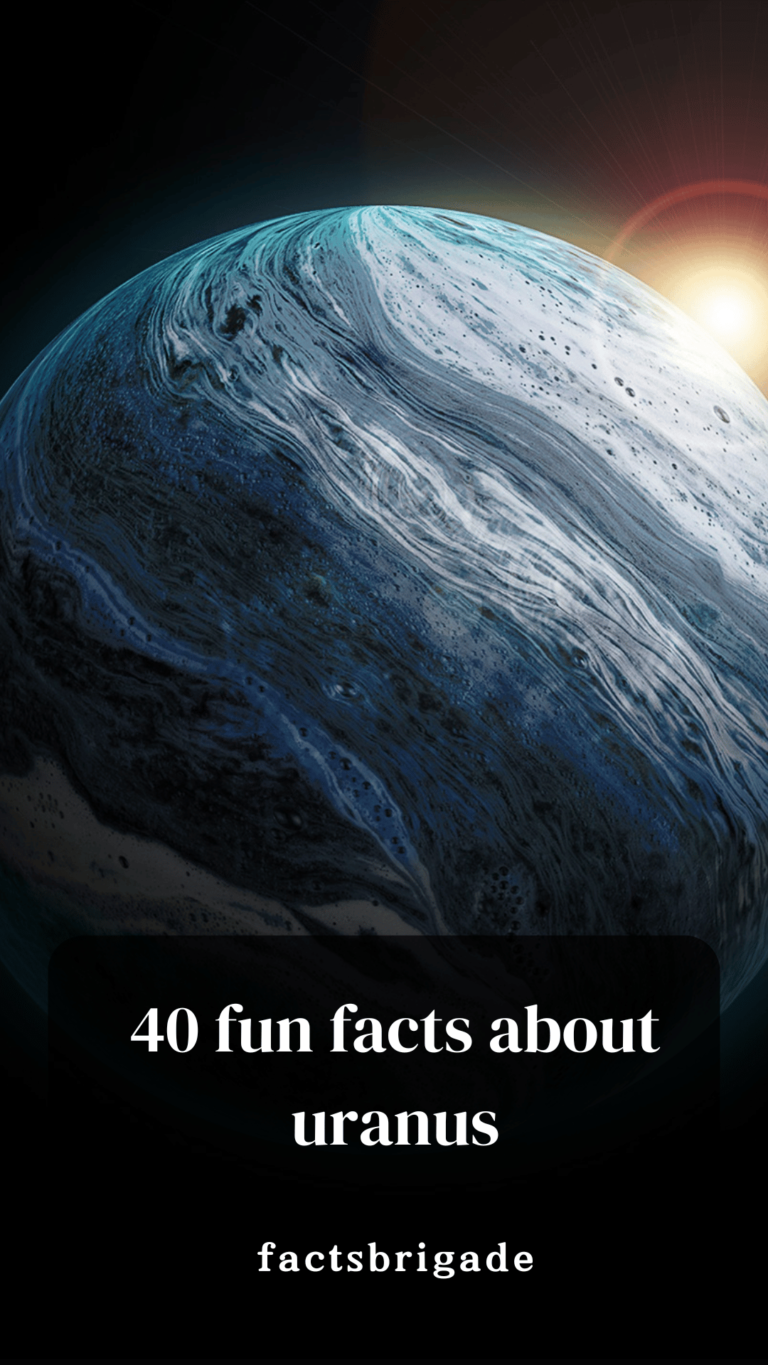40 Fun Facts about Earth
Mostly Water: Earth is a blue marble for a reason! Over 71% of its surface is covered by water, making it the ultimate water world in our solar system.
Life’s Oasis: As far as we know, Earth is the only planet in our solar system known to support life in its diverse and amazing forms.
Third Rock from the Sun: Earth holds the prime spot for life, orbiting the Sun at a distance that allows for liquid water to exist on its surface.
Golden Age is Billions of Years Old: Our planet is ancient! Geologists estimate Earth formed around 4.54 billion years ago.
A Fiery Past: Earth started out as a molten ball of rock, gradually cooling and solidifying over time.
The Continents Used to Party: Millions of years ago, all the continents were joined together in a supercontinent called Pangaea, before drifting apart to their current locations.
A Breath of Fresh Air (Mostly): The atmosphere we breathe is a precious mix of gases, with nitrogen and oxygen being the most abundant. This atmosphere protects us from harmful solar radiation and helps regulate temperature.
The Shield of Atmosphere: Earth’s atmosphere acts like a giant shield, protecting us from the harsh bombardment of meteoroids and asteroids. Most burn up before reaching the surface.
Magnetic Marvel: Earth has a strong magnetic field generated by its molten core. This magnetic field deflects charged particles from the Sun, preventing them from frying our electronics and harming life.
Always on the Move: Earth isn’t just spinning on its axis, it’s also racing around the Sun at a whopping speed of 67,000 miles per hour (107,000 kilometers per hour)!
A Tilted World: Earth’s axis is tilted at an angle of 23.5 degrees. This tilt is responsible for our seasons, as different parts of the planet receive varying amounts of sunlight throughout the year.
The Big Blue Marble Our nickname, “The Blue Marble,” perfectly reflects the vast oceans that dominate Earth’s surface.
Mount Everest Holds the High Ground: The tallest mountain above sea level is Mount Everest, reaching a staggering height of 29,031 feet (8,848 meters).
The Marianas Trench Goes Deep: The deepest point on Earth is the Mariana Trench in the Pacific Ocean, plunging down to a depth of about 6.8 miles (10.9 kilometers).
Volcanoes! Earth is a geologically active planet, with volcanoes erupting both on land and underwater. These eruptions play a role in shaping our planet’s surface and atmosphere.
**The Grand Canyon is Grand: ** This massive canyon, carved by the Colorado River over millions of years, is a breathtaking example of geological forces at work.
The Aurora Borealis Puts on a Show: Also known as the Northern Lights, these dazzling displays of color are caused by charged particles from the Sun interacting with Earth’s atmosphere. A southern counterpart exists called the Aurora Australis.
Waterfalls of Wonder: From the mighty Niagara Falls to the majestic Victoria Falls, waterfalls add beauty and power to Earth’s landscapes.
A Biodiversity Bonanza: Earth is teeming with life! From tiny insects to giant whales, millions of species call our planet home.
The Rainmaker: The water cycle is a continuous process where water evaporates from the Earth’s surface, condenses into clouds, and falls back to Earth as precipitation.
Home to the Largest Living Organism: The title of largest living organism goes to a fungus network called Armillaria ostoyae, covering a vast area in Oregon.
The Glowing Bay Phenomenon: Bioluminescent organisms in some bodies of water create an ethereal, glowing effect at night, making them a magical sight.
Earth has a Moon: Our natural satellite, the Moon, plays a crucial role in stabilizing Earth’s axis and influencing tides.
Not a Perfect Sphere: Earth is slightly bulged at the equator and flattened at the poles, due to the centrifugal force of its rotation.
The Seven Continents: Earth is divided into seven continents: Africa, Antarctica, Asia, Australia, Europe, North America, and South America.
Desert Lands (continued): A significant portion of Earth’s surface is covered by deserts, vast landscapes with little rainfall. These deserts come in various forms, from sand dunes to rocky plains.
Ice Giants: Earth’s polar ice caps hold a significant amount of the planet’s freshwater, playing a role in regulating sea levels and influencing global climate.
The Green Planet: Despite deserts and ice caps, Earth is often referred to as the “Green Planet” because of the vast amount of vegetation that covers its landmasses. Forests play a vital role in producing oxygen and maintaining ecological balance.
A Place of Constant Change: Earth’s surface is constantly being shaped by geological forces like plate tectonics, volcanic eruptions, and erosion.
The Power of the Sun: The Sun is Earth’s primary energy source, providing light and heat that drive weather patterns, plant growth, and various ecosystems.
A Place of Extremes: From the scorching heat of Death Valley to the frigid temperatures of Antarctica, Earth experiences a wide range of climatic extremes.
Underground Wonders: Beneath the surface, a vast network of caves and caverns awaits exploration. These caves hold geological wonders and can offer clues about Earth’s history.
A Hotspot for Natural Resources: Earth is rich in natural resources, including minerals, fossil fuels, and fresh water. However, responsible management is crucial for long-term sustainability.
A Place of Mystery: Despite all our advancements, there’s still so much we don’t know about Earth’s oceans, the depths of our planet, and even the composition of the atmosphere.
A Fragile Ecosystem: Earth’s delicate balance of ecosystems needs to be protected. Human activities like pollution and climate change pose a threat to the health of our planet.
A Tapestry of Cultures: Earth is home to a rich diversity of cultures, languages, and traditions. This cultural tapestry is a source of beauty and inspiration.
A Place of Innovation: Throughout history, humans have continuously innovated and adapted to their environment on Earth. This drive for progress continues to shape our future.
A Pale Blue Dot: As Carl Sagan famously described it, Earth is a “pale blue dot” in the vast cosmos. This perspective highlights the importance of protecting our unique and precious planet.
A Shared Home: Despite our differences, Earth is the only home we have. Working together to preserve its resources and ensure a sustainable future for all life forms is crucial.
A Planet Full of Potential: From the deepest oceans to the highest mountains, Earth is brimming with potential for future discoveries and scientific advancements. Understanding our planet better allows us to appreciate its wonders and protect it for generations to come.




